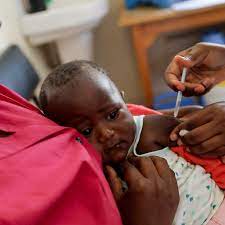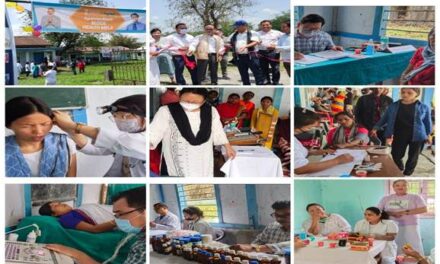Nearly 30% of all road crash deaths involve powered two- and three-wheeled vehicles, such as motorcycles, mopeds, scooters and electrical bikes (e-bikes), and the numbers are rising.
The World Health Organization [WHO] and partners launched an updated manual to help policy makers end the scourge of road traffic deaths and injuries involving motorcycles and other powered two- and three-wheelers today.
Titled ‘Powered two-and three-wheeler safety: a road safety manual for decision-makers and practitioners’ it includes guidelines on developing safer roads, ensuring safer mobility for all road users, vehicle safety standards and actions to improve emergency responses to crashes. It includes evidence and case studies from a range of low- and middle-income countries.
“Motorcycles dominate the roads in many low- and middle-income countries, where nine in ten road traffic deaths happen. It is vital that all relevant authorities put the laws, frameworks and actions in place to reduce deaths and injuries involving powered two- and three-wheelers, and ensure motorcyclists and other vulnerable road users are not left dangerously exposed. Grounded in successful actions and evidence, the latest manual should help policy makers take urgent action to save lives,” said Dr Nhan Tran, Head of Safety and Mobility at WHO.
Key risk factors for motorcycle traffic injuries include drivers not wearing helmets, speeding, alcohol impairment, mixed traffic conditions, a lack of protection from the vehicle in a crash and a lack of safe infrastructure for powered two and three wheeled vehicles such as poor road surfaces and roadside hazards.
In the WHO South East Asian Region, deaths involving powered two- and three-wheelers account for 43% of all road traffic deaths. In Thailand and Cambodia, motorcycle deaths accounted for 73% and 74% of all road deaths in 2016. Young adults aged 15–34 years account for over 60% of all powered two- and three-wheeler related deaths in low- and middle-income countries.
The manual was launched at the Global Regional Road Safety Observatories Dialogue on Motorcycle Safety, held at the Asian Development Bank in Manila, the Philippines. The event aims stimulate commitment and solutions to the road safety crisis with a focus on countries for which motorcycling is the dominant mode of road transport.
The publication is part of a series of manuals that are co-produced by WHO, the Global Road Safety Partnership (GRSP), the FIA Foundation and the World Bank, with financial support from Bloomberg Philanthropies.
In the 10 years since the first edition of the manual, the global landscape has changed significantly. The rapid increase in the use of powered two and three wheelers poses new challenges. With the adoption of the United Nations Decade of Action for Global Road Safety 2021-2030 and the subsequent Political Declaration adopted by the UN General Assembly in July 2022, countries are adopting the Safe Systems approach, that recognizes that road transport is a complex system with interconnecting elements that all affect each other.











